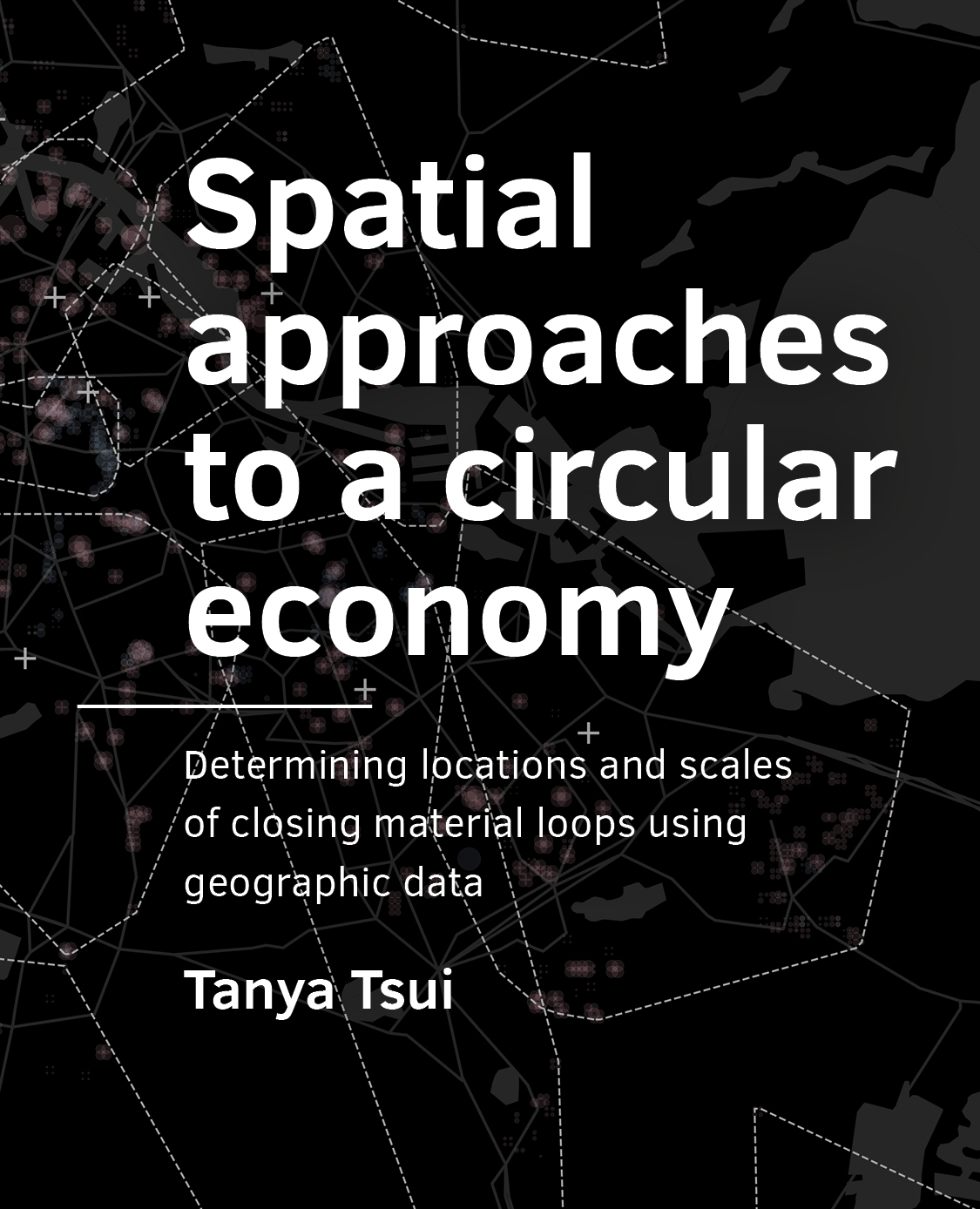Spatial approaches to a circular economy
Determining locations and scales of closing material loops using geographic data
DOI:
https://doi.org/10.7480/abe.2023.20.7282Abstract
Rapid urbanization has exerted unsustainable pressures on the environment, and implementing circular economy (CE) in cities has been seen by policy makers as a potential solution for resource scarcity. Scholars have therefore called for an understanding of the spatial aspects of CE that go beyond urban governance strategies, engendering the recent integration of spatial disciplines, such as urban planning and regional economics, into the study of CE.
Using the Netherlands as a case study, this research asks the question, "what determines the locations and scales of closing material loops in a circular economy?”, using both quantitative and qualitative spatial analysis methods, and both present- and future-oriented perspectives. Novel data sources on locations of material stocks and flows were used, including waste statistics and material stock maps. Research results were presented in five chapters, each corresponding to an academic paper. Current locations and scales are identified by analyzing the locations of waste reuse clusters in the Netherlands, and future locations and scales are addressed by identifying the optimal locations and service areas of circular construction hubs in Amsterdam.
As an overall conclusion, I identified 5 conceptual and methodological tensions that occur when determining locations and scales for closing material loops: urban manufacturing vs urban mining, clusters vs hubs, spaces vs people vs materials, present vs future, and quantitative vs qualitative.


